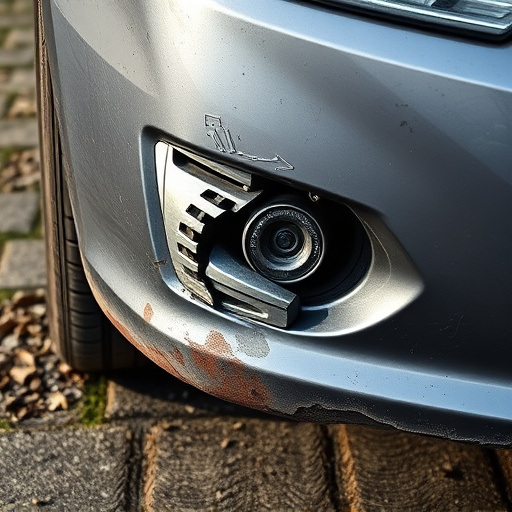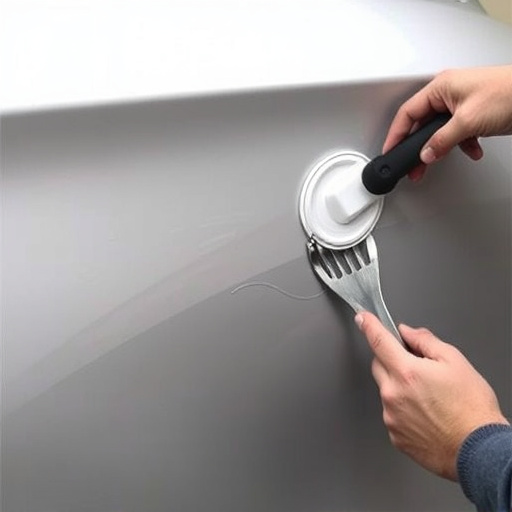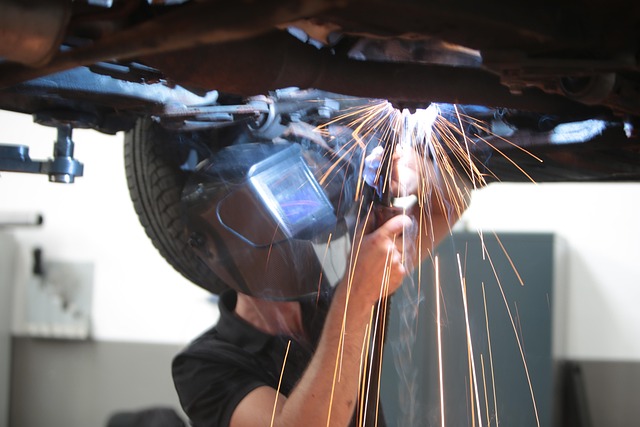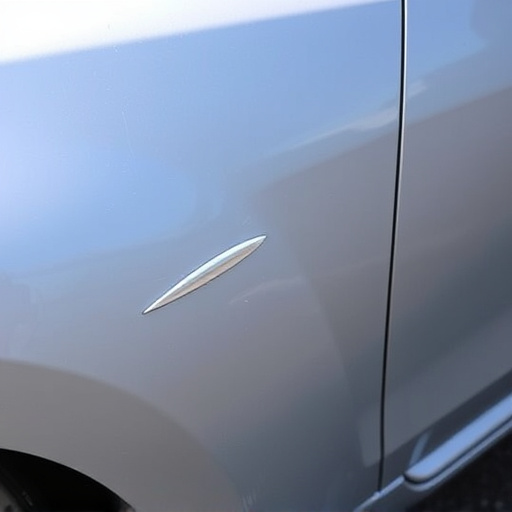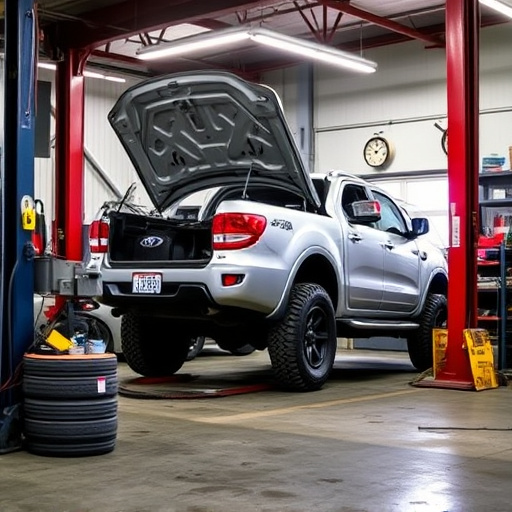Delayed interior trim repair after a collision can worsen damage, increase costs, and pose health risks from hidden issues like water damage and mold. Prompt action is crucial to preserve structural integrity, air quality, and vehicle resale value, especially in fleet or restoration services. Neglected interior trim can lead to safety hazards, obstructed views, and increased injury risks. Comprehensive collision assessments and timely repairs are essential for optimal performance and passenger protection.
Delaying interior trim repair after a collision can have significant consequences. This article explores the escalating costs and potential hidden damages that come with postponing these repairs. We delve into how delayed maintenance impacts your vehicle’s resale value, decreasing its worth over time. Furthermore, safety risks arise from neglected interior trim, posing hazards to drivers and passengers. Understanding these implications is crucial for making informed decisions after a collision, ensuring both financial and personal safety.
- Delayed Repairs: Rising Costs and Hidden Damages
- Impact on Vehicle Resale Value: A Diminishing Asset
- Safety Risks: Potential Hazards of Neglected Interior Trim
Delayed Repairs: Rising Costs and Hidden Damages
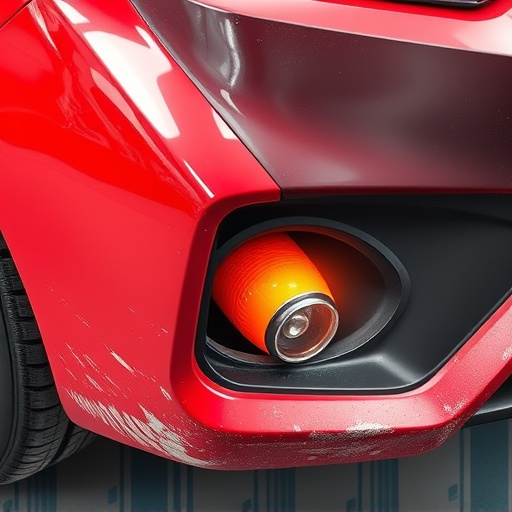
Delayed interior trim repair following a collision can have significant consequences, leading to increased costs and potential hidden damages. When the interior of a vehicle is impacted by a collision, it’s crucial to address the issue promptly. Delays can allow for further deterioration of the affected components, making the repair process more complex and expensive. Over time, loose or damaged trim pieces can become detached, causing discomfort for the driver and passengers.
Moreover, hidden damages often go unnoticed when interior trim repairs are postponed. Water damage, for instance, may occur due to a leaky sunroof or cracked window seals, leading to mold growth that could compromise the vehicle’s air quality and structural integrity. Regular inspection and swift action on interior trim repairs are essential to prevent such hidden issues from escalating into costly automotive body work or car paint services down the line.
Impact on Vehicle Resale Value: A Diminishing Asset
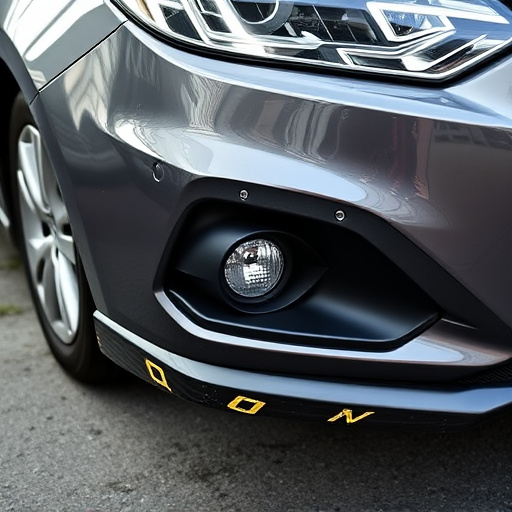
When an interior trim repair collision is delayed, it can significantly impact a vehicle’s resale value over time. In today’s competitive automotive market, buyers are increasingly conscious of a car’s condition and history. A delay in repairing interior damage can lead to a perception of reduced quality and value. Even seemingly minor delays can result in substantial devaluation, as potential purchasers may opt for a different, better-maintained vehicle.
This is particularly relevant for fleet repair services or car body restoration businesses, where timely repairs are crucial. Prolonged interior trim issues can turn a once-desirable vehicle into an asset that’s harder to sell, potentially leading to significant financial losses. Efficient car bodywork services that address these problems swiftly can help maintain the resale value of vehicles, ensuring they remain attractive options for prospective buyers.
Safety Risks: Potential Hazards of Neglected Interior Trim
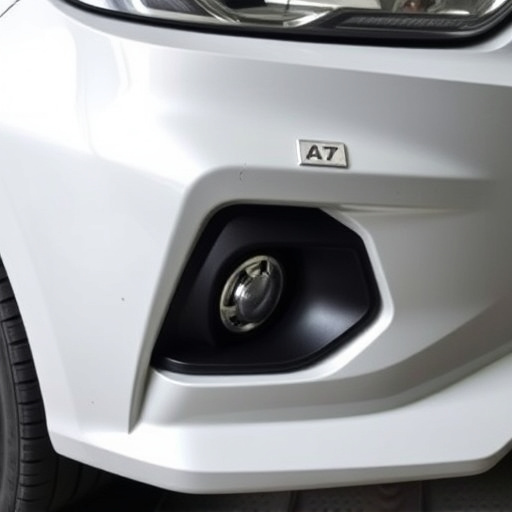
When an interior trim repair collision is delayed, it can lead to a cascade of issues that extend beyond mere aesthetics. Neglected interior components can pose significant safety risks within a vehicle. Cracked or broken dashboard parts, for instance, might obstruct the driver’s view, compromising their ability to navigate safely. Additionally, loose or missing trim pieces can create hazardous situations by increasing the risk of injury during an accident or while driving. These issues are not merely cosmetic; they directly impact the overall safety and functionality of a vehicle.
Unaddressed interior trim damage can also indicate broader vehicle problems. A fender bender or minor collision might seem insignificant, but if left unattended, it could be a sign of more severe underlying damage. An automotive body shop specializing in collision repair services emphasizes the importance of comprehensive assessments to identify and rectify all issues. Prompt interior trim repair not only ensures optimal vehicle performance but also safeguards drivers and passengers by mitigating potential hazards associated with neglected components.
Delayed interior trim repair in collision scenarios can lead to significant financial and safety concerns. As time passes, not only do repair costs tend to increase due to parts availability and labor, but hidden damages may also go unnoticed, exacerbating the overall expense. Furthermore, a vehicle’s resale value suffers as the condition of its interior diminishes, while neglected trim can pose safety risks by compromising structural integrity and passenger comfort. Prompt action is key to mitigating these issues and ensuring both financial and personal well-being.




